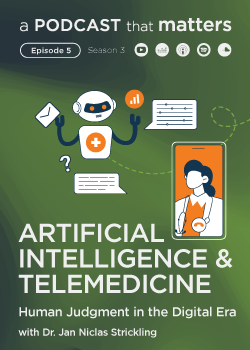Print

Geospatial Official Statistics From Earth Observation Data Using Deep Learning: 2020-NL-GEOS-DEEP-GEO-STAT
Details
Locations:Netherlands
Start Date:Feb 1, 2021
End Date:Mar 31, 2023
Contract value: EUR 224,438
Sectors: GIS, Mapping & Cadastre, ICT & Telecommunications, Statistics and data analysis
Categories:Grants
Funding Agencies:
Date posted:Apr 8, 2022
Description
Programme(s): European Statistics
Topic(s): B5674-2020-GEOS
Type of action: European Statistics Action Grant
Project ID: 101033951
Objective
There is an increasing demand for geospatial statistics as many complex phenomena are non-uniformly distributed, which limits the applicability of aggregated statistics when comparing multiple variables. Statistics Netherlands (StatNL) publishes several geospatial statistics, e.g. the population count or the number of households on 100m/500m grids, mostly based on register data. Examples include the experimental use of earth observation (EO) data for official statistics, such as the Deep Solaris project aimed at the detection of photovoltaic installations from 0.25m RGB aerial images using deep learning (DL) methods and the detection of high-biodiversity grasslands from 10–60m Sentinel imagery. Technical challenges in these cutting-edge projects include the required IT skills, working with huge amounts of geo-data and setting up an infrastructure for fast DL. The technological barriers keep end-users from experimenting with this technology and implementing results in statistics. This project aims to fully exploit the combination of EO data, available for processing by National Statistical Institutions (NSIs), with StatNL register data for improving geospatial statistics. The project will improve the compilation of geospatial statistics based on EO data by developing a data infrastructure targeted at DL methods. Applications focus on the development of SDG indicators (Sustainable Development Goals) and land use. The project will review state-of-the-art projects in DL, official statistics, EO and associated indicators, and reuse or integrate existing solutions, or serve to make progress in EO statistics. To avoid a vendor lock-in, the project will focus on using open source tools. To make a contribution to the open source geospatial community, the developed products will also be published under open source licenses. In this project we will exchange knowledge with other international statistical organizations and Dutch governmental organizations that use EO data.


